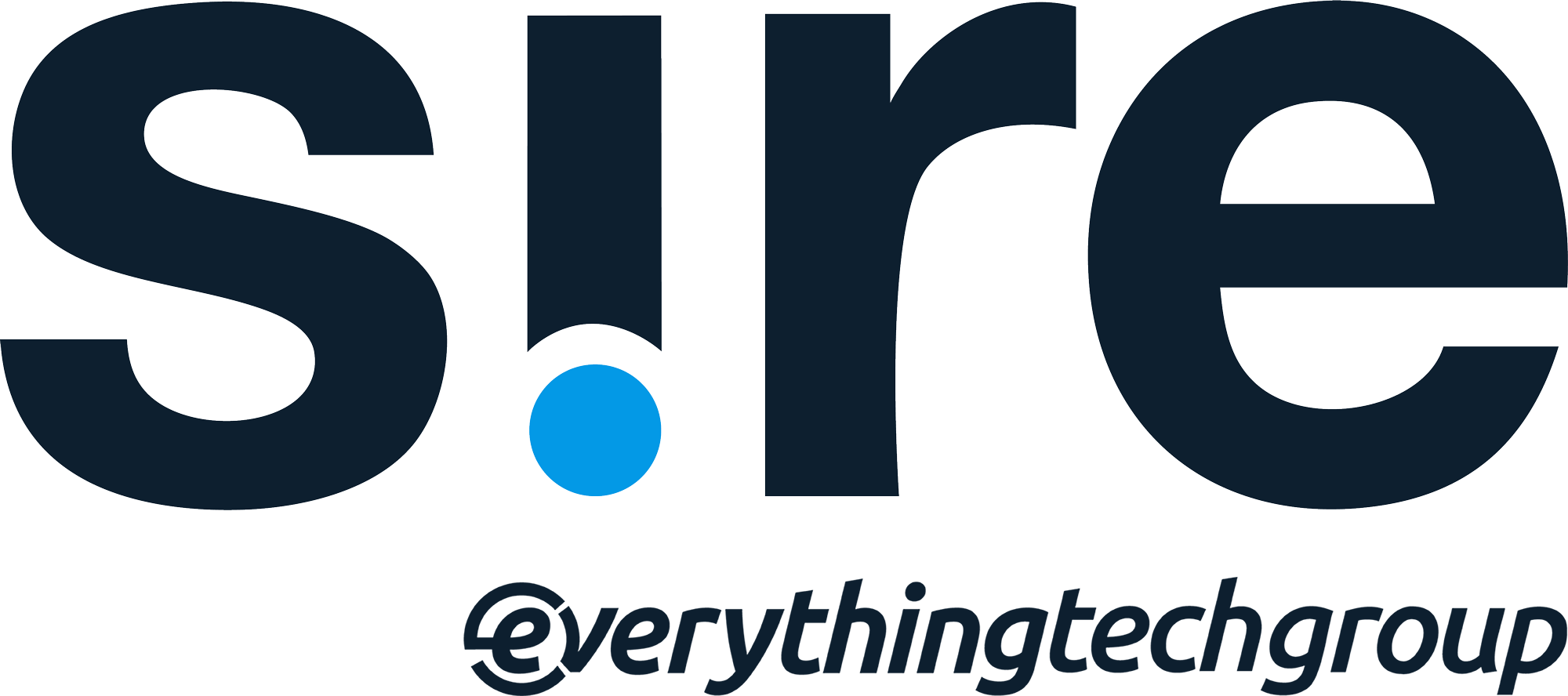Generative AI Drives Renewed Interest in Private Clouds for Enterprise IT
Generative AI is shaking up the cloud computing world, causing IT leaders to rethink their strategies from the ground up, with many organisations reconsidering the role of private clouds in their IT infrastructure.
Recent data underscores this shift. 79% of enterprise cloud decision-makers are implementing private clouds, and global spending on private cloud infrastructure is set to reach $66.4 billion by 2027 (Forrester, 2024).
Taken together, it paints a clear picture: private clouds are no longer just an alternative to public cloud services. Now, they are seen as a key component of a complete enterprise IT strategy, especially when we take in the AI-driven innovation angle.
Generative AI’s Influence on Enterprise Cloud Strategies
Generative AI has rapidly evolved from a nascent technology to a transformative force in enterprise computing. Its applications span a wide range of business functions, from content creation and customer service to complex data analysis and decision-making processes. Yet, the computational demands of these AI workloads are pushing organisations to reassess their cloud infrastructure.
AI isn’t just hungry for data – it’s ravenous for computing power, and that’s where things get tricky. Generative AI models require vast amounts of data and computational power, both for training and deployment. This intensive resource consumption has exposed limitations in traditional public cloud offerings, particularly for enterprises running large-scale and ongoing AI operations.
The unpredictable nature of AI workload demands leads to cost overruns too, with CIOs reporting cloud resources for AI workloads costing up to 2.5 times their original estimates (Forrester, 2024). This makes budgeting for AI initiatives challenging when relying on public cloud resources alone.
Moreover, AI demands specialised hardware, which can be costly to access through public cloud providers. This is leading many enterprises down the private cloud path, where they have more control over their hardware investments and can achieve better cost efficiency for stable, long-running AI workloads.
The limitations of public clouds for certain AI applications extend beyond just cost considerations. Data latency, regulatory compliance, and custom environments for specific AI models are driving enterprises to seek alternatives that offer greater flexibility and control.
Data Security: A Primary Concern Driving Private Cloud Adoption
While cost management is a factor in the renewed interest in private clouds, data security concerns are equally, if not more, influential here. When it comes to AI, data is the new gold – and just like gold, you want to keep it locked up tight. This treasure-guarding mentality is pushing many towards private clouds, but this perception may not line up with reality.
Private clouds can, in theory, provide enhanced control over sensitive data by allowing enterprises to implement stringent security measures and maintain direct oversight of their data assets. This level of control is appealing to sectors that deal with highly sensitive information, such as finance, healthcare, and government.
However, control doesn’t necessarily equal superior security. Well-resourced public cloud providers often deliver better security due to extensive investments in infrastructure and dedicated security teams. So, enterprises need to evaluate their security needs and capabilities when considering private cloud options. While private clouds can offer better control, they also require in-house expertise and resources to maintain robust security measures. If you’re interested in protecting your infrastructure, click here to learn how SIRE can reduce the risk, complexity, and cost of your managed IT services.
Hybrid Approaches and Technological Advancements in AI-Ready Cloud Infrastructure
AI isn’t just changing the game – it’s demanding a whole new playing field, complete with souped-up hardware that makes traditional servers look like abacuses. AI workloads, especially those involving large language models and complex neural networks, require specialised GPU-powered servers. These servers provide the parallel processing capabilities required for training and running sophisticated AI models.
However, implementing AI-specific from the ground up is a considerable challenge indeed. AI energy demands are outstripping power availability in many data centre environments. The power and cooling requirements for GPU-intensive setups are substantial, often exceeding the capabilities of traditional data centre infrastructures. In turn, this is prompting concerns over the sustainability and cost-effectiveness of large-scale AI operations.
This is where hybrid public-private IT infrastructure is taking hold. A hybrid approach allows organisations to optimise performance, cost, and security by keeping sensitive data and critical AI operations on private infrastructure while leveraging public clouds for scalable computing power and advanced services.
Indeed, Jeff Clarke, Vice Chair and COO at Dell, highlights this trend: “83% of all data is on-prem. More data will be created outside of the data centre going forward than inside the data centre today, that’s going to happen at the edge of the network, a smart factory on an oil derrick. We believe AI will ultimately get deployed next to where the data is created driven by latency.” (Dell Technologies, 2024).
Industries are deploying hybrid strategies in different ways. For instance, a financial services company might keep its proprietary trading algorithms and sensitive customer data on a private cloud while using public cloud resources for data analytics and customer-facing AI applications. Similarly, a healthcare provider might maintain patient records on-site but leverage public cloud AI services for medical image analysis. There is no one-size-fits-all and hybrid deployments need to be tailored to each business’s specific needs. Click here to learn how SIRE protects your private and public cloud infrastructure with advanced security features while giving you control over your data and AI deployments.
Navigating the AI-Driven Cloud: Balancing Innovation and Security
As AI continues to mature, successful enterprises will likely be those striking the balance between private and public cloud resources. This requires strategic decision-making, carefully assessing workload requirements, data sensitivity, cost implications, and long-term scalability needs. The future of AI-driven IT lies in flexible, multi-cloud environments that adapt to the diverse and changing needs of AI workloads.
The key for enterprises lies in strategic decision-making over cloud infrastructure choices. This involves a careful assessment of workload requirements, data sensitivity, cost implications, and long-term scalability needs. It also requires a realistic evaluation of in-house capabilities to manage and secure private cloud environments.
For those that strike the balance, the pay-out will be substantial as they leverage the strengths of each to create a robust, efficient, and secure infrastructure for their AI initiatives.
Are you looking to optimise your hybrid IT infrastructure and get AI-ready? SIRE’s Cloud Hosting is designed to seamlessly integrate with hybrid cloud environments, providing robust security across your IT infrastructure. Click here to learn how our solution maintains data integrity and compliance while maximising the benefits of private and public clouds.
Sources
Private Cloud Market Insights, 2023 | Forrester
Public Cloud Market Insights, 2023 | Forrester
Will generative AI make enterprise data centers cool again? | Constellation Research Inc.



